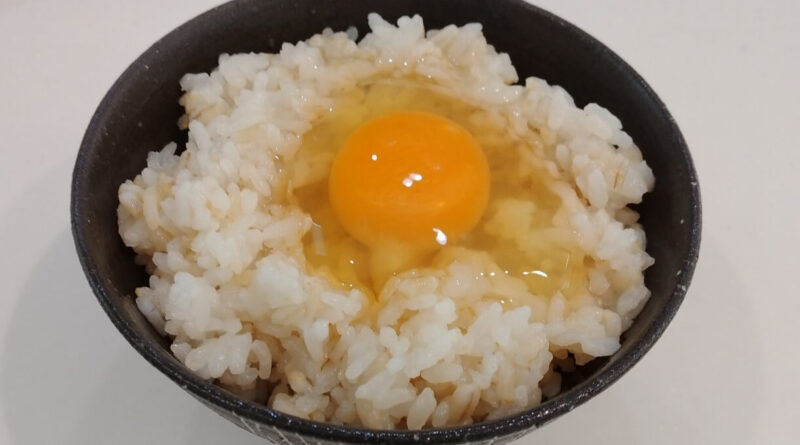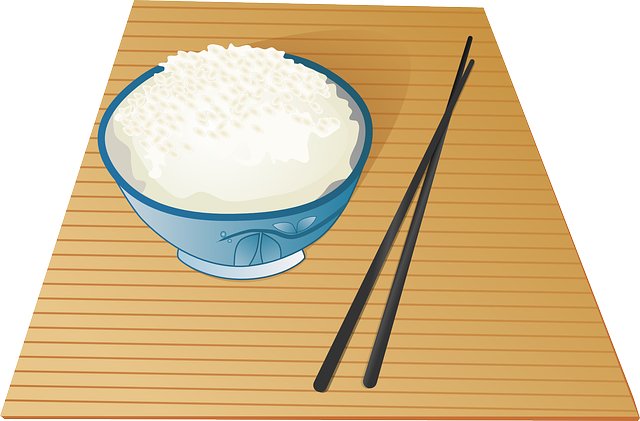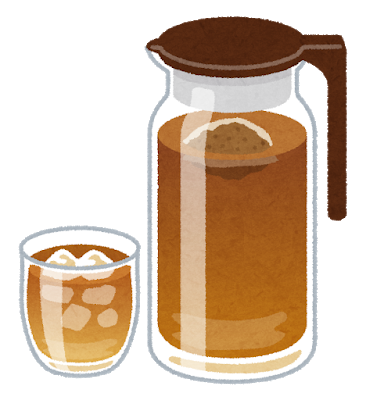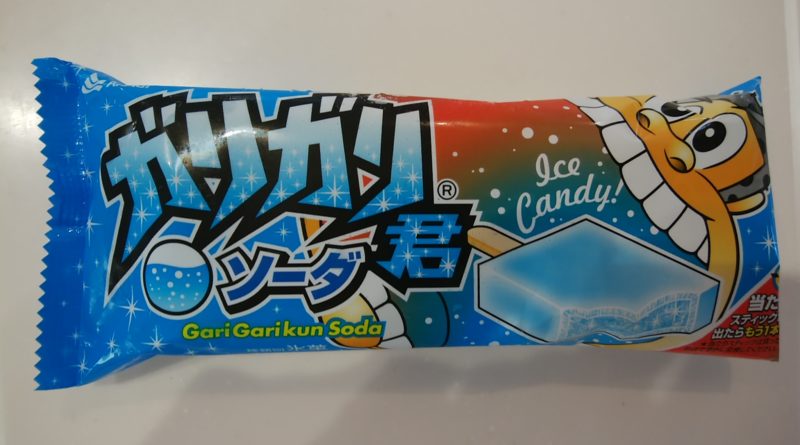Japan’s Simple Best Treat: Egg on Rice
Tamagokaké gohan (egg on rice) has long been popular in Japan. Tamagokaké gohan is simple to prepare. Simply crack a raw egg over a bowl of freshly cooked rice and drizzle a little soy sauce on top. That’s all there is to it, and it’s a great treat. When eating, mix lightly and eat with chopsticks or a spoon. Although egg on rice is not served in restaurants, it has been a common way of eating eggs in Japanese households for a long time. You may be concerned about whether it is safe to eat eggs raw, but there is no problem with eggs sold in Japan. The expiration date
Read More








